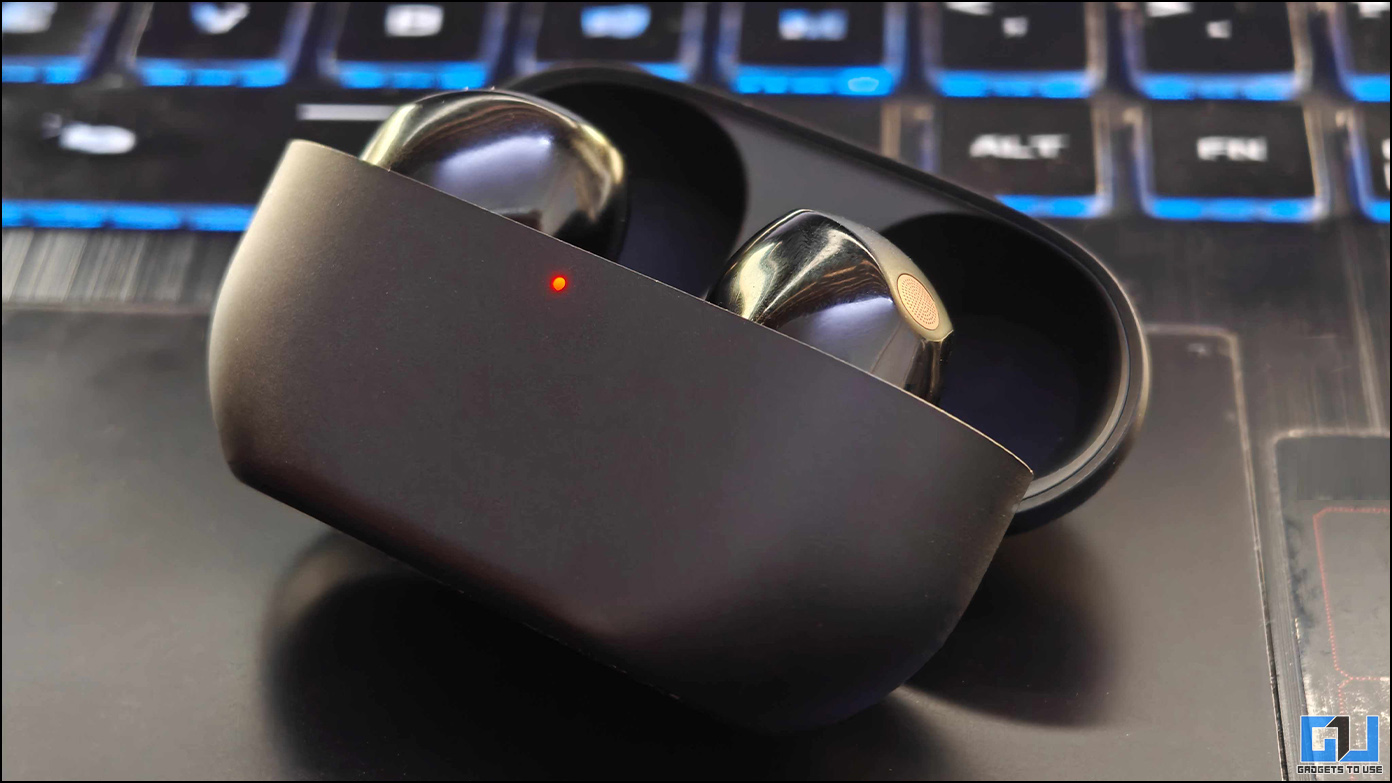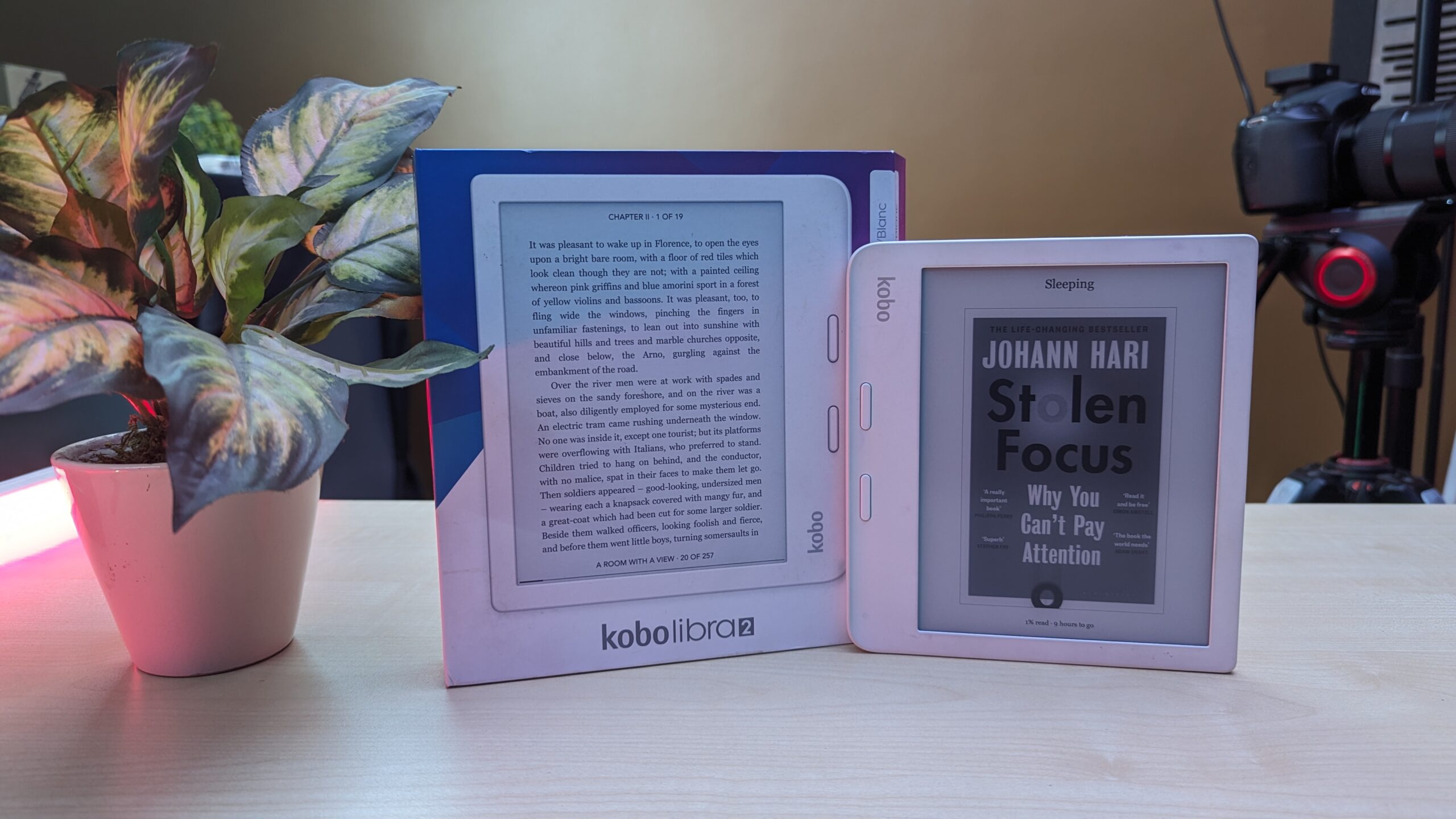Lava has launched its premium Lava Iris Pro 30+ smartphone that belongs to the “We put the Art in Smart” category of handsets that merge best-in-class aesthetics with premium hardware specifications. The handset carries a reasonable price tag of Rs 11,990 and will be made available for purchase via e-commerce portal Amazon India with a free 16 GB micro SD card. Now, let us analyze the specifications of the device to know its capabilities.
Camera and Internal Storage
The primary camera is a 13 MP sensor that is coupled with auto focus, BSI II sensor, dual LED flash, FHD 1080p video recording, HD 720p video playback, four-directional panoramic view and HDR shooting mode. This top-notch camera is supplemented with a front-facing 3 MP selfie snapper for 3G video calling. At the given pricing of the Lava phone, these high-end camera aspects make it an impressive device.
The internal storage is an ample 16 GB of which 7.8 GB of available for installing applications and 5.5 GB is meant for media content storage. Those users who tend to install numerous heavy applications and store loads of multimedia content can make use of the expansion card slot that support expandable storage up to 32 GB.
Processor and Battery
A quad-core MT6589 Turbo processor from the stable of MediaTek clocked at 1.5 GHz operates under the Lava Iris Pro 30+. This processor is supplemented with 1 GB of RAM for smooth multi-tasking and efficient app handling, whereas a PowerVR SGX544 GPU clocked at 357 MHz takes charge of rendering a decent graphic performance. The chipset is slightly dated, but you can expect good performance for basic usage.
The battery capacity of the Iris Pro 30+ is 2,000 mAh that is pretty standard and many other entry-level and mid-range offerings also come with similar battery traits only. This battery is rated to provide a moderate backup of 9 hours to the smartphone under mixed usage that makes it average.
Display and Features
The Lava Iris Pro 30+ flaunts a 4.7 inch HD IPS OGS display that has a screen resolution of 1280×720 pixels and a pixel density of 312 pixels per inch. The IPS display is claimed to render crystal clear images and sharp color reproduction, whereas the OGS technology is known to eliminate a few additional layers for a closer and more responsive display despite reducing the thickness of the phone. Moreover, the handset has a full lamination display that provides a superb look when the handset is in the sleep mode.
Furthermore, the incorporation of Asahi Dragontrail Glass makes the display six times stronger than the normal glass displays. On the whole, the screen is pretty impressive not only in terms of quality and clarity but also when it comes to strength.
Despite the fact that even entry-level smartphones come with Android 4.4 KitKat operating system, this impressive device with top notch specifications runs on the dated Android 4.2.2 Jelly Bean platform. As of now, there is no word regarding the roll out of an update though we hope one to hit the handset soon. Other features onboard include connectivity aspects such as Wi-Fi, Bluetooth and USB OTG and inbuilt aspects including flip to mute, face and voice unlock and video picture in picture.
Comparison
The Lava Iris Pro 30+ will definitely be a tough challenger to the Xiaomi Mi3, Oplus XonPhone 5, Asus Zenfone 5 and Moto G among others.
Key Specs
| Model | Lava Iris Pro 30+ |
| Display | 4.7 inch, HD |
| Processor | 1.5 GHz Quad Core MediaTek 6589 Turbo |
| RAM | 1 GB |
| Internal Storage | 16 GB, Expandable up to 32 GB |
| OS | Android 4.2.2 Jelly Bean |
| Camera | 13 MP/ 3 MP |
| Battery | 2,000 mAh |
| Price | Rs 11,990 (Buy Now) |
What we Like
- Good camera set
- Rugged display
- Ample internal storage space
What we Dislike
- Dated Android 4.2.2 Jelly Bean platform
Conclusion
The Lava Iris Pro 30+ is priced reasonably at Rs 11,990 to lure even the price conscious consumers who are looking for impressive devices. It has a great camera set that can capture better images with its dual LED flash and BSI II sensor at any lighting condition and a superior display with OGS technology. Also, there are advantages such as ample internal storage capacity that should suffice many users and a moderate battery backup. The only issue appears to be its old fashioned operating system that could also be updated in future and slightly dated MT6589T chipset.
Buy Now



